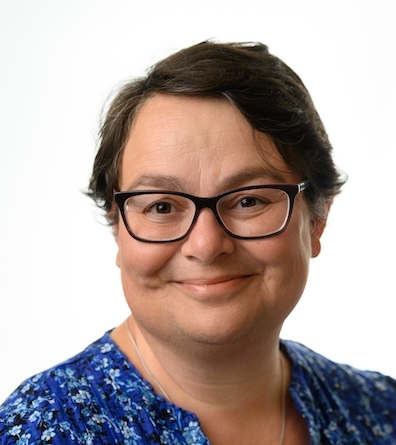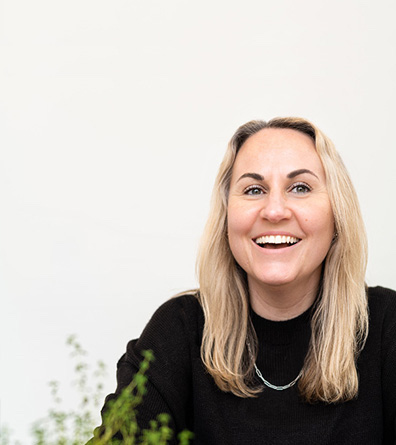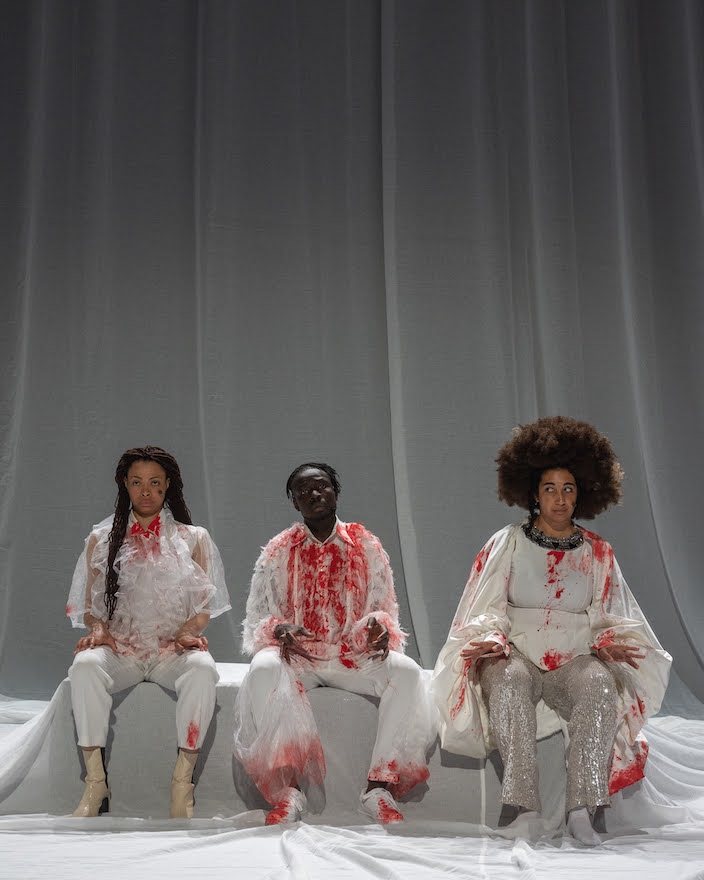After Dancing Times ceased publication following 112 years in print, its archive is now housed at the RAD’s headquarters in London. The archive comprises around 38,000 black and white and colour prints, spanning the period from c1920–2000, making it one of the world’s largest collections of 20th-century dance.
Dancing Times was Britain’s oldest monthly dance magazine, founded in 1910 by Philip Richardson, who also founded the Association of Teachers of Operatic Dancing of Great Britain (later the Royal Academy of Dance) in 1920. The RAD will be a natural home for the extensive archive, and this acquisition has been made possible by generous support from the Linbury Trust who have made a grant towards supporting the acquisition, preservation and cataloguing of the archive, as well as enabling education opportunities for RAD students and the wider dance community.
Tim Arthur, Chief Executive of RAD, welcomes the news, saying, ‘not only was the Dancing Times pivotal in the creation of our organisation, it was a much-loved magazine that provided vital discourse around our art form. We are very touched that it has entrusted us with its beautiful collection, which we will proudly house in the Wolfson Library and RAD Archive here in Wandsworth, London.’
Eleanor Fitzpatrick, Archives and Records Manager says, ‘we are delighted to receive this incredible resource which both complements and broadens our existing collections. We look forward to preserving it as an important historical and valuable research tool for the dance community now and in the future.’ Jonathan Gray, Editor of the Dancing Times from 2008 until its closure, adds, ‘I am thrilled that this wonderful collection and resource has been saved for the nation and that it is going to be looked after by an organisation so closely associated with the Dancing Times.’
The collection includes photographs of classic productions; dance icons from Fred Astaire, Alvin Ailey and Margot Fonteyn to Carlos Acosta and Darcey Bussell; dance competitions and schools. The RAD has begun the process of transferring it to the Archive: a full catalogue is expected to take two years to complete.
To learn more about philanthropically supporting the Dancing Times photographic archive and work of the Academy, please contact the Development team for a private conversation: development@rad.org.uk / +44 2073268996















